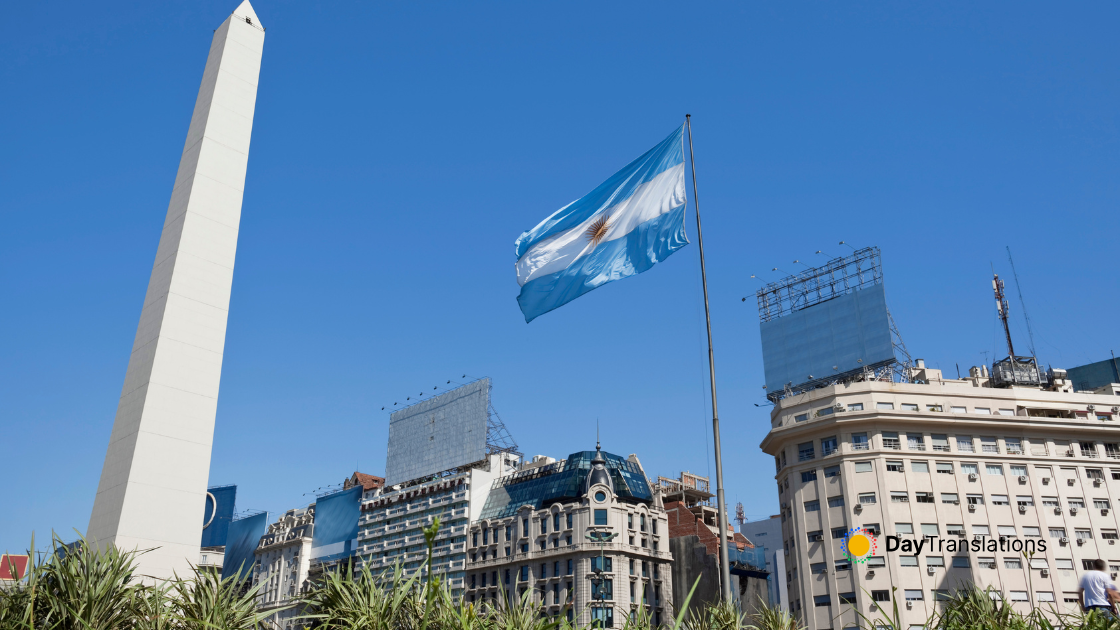Geography of Afghanistan: Important Geographical Information about Afghanistan
In this Country Profile
Although landlocked and traversed by a mountain range that divides the country into two, there are four important rivers that run through Afghanistan. The biggest is the Amu Darya. The others are Kabul River, Helmand River and the Hari River. Afghanistan also has lakes, streams, and smaller rivers that are mostly fed by the melting snow from the mountains.
Afghanistan looks like an irregularly-shaped leaf hanging from a branch. The Wakhan Corridor and the Pamir Knot or the mountain range formed by the junction of the Hindu Kush, the Himalayas, the Tian Shan, Kunlun and Karakoram. Currently Afghanistan consists of 34 provinces.
Climate
The terrain is rugged and the seasons are extremely harsh, with very hot and dry summers and winters that emulate the sub-arctic coldness of the Himalayas in some parts, where the snow can stay two to three months like in Kabul where the residents barely go out of their houses and need to sleep near the stove to keep warm. Seven months of the year from May to November the weather in Afghanistan can be erratic, from cold to warm and back to cold again. At Ghazni the winter temperature can sink to -15°F and the area is prone to snowstorms.
Summer temperatures can range from 110°F to 120° F in the shade. The temperature among the different regions in Afghanistan varies greatly. In Kabul the summer heat is tempered by the occasional cooling breeze from the mountains. In the Kandahar region the heat can be intense and snow seldom falls in this area. Simoon or violently hot sand-laden wind is frequent. All throughout Afghanistan, the summer months are characterized by intense dry and hot winds and severe dust storms.
Herat in the west, near the border with Iran has better summer climate as it is lower than Kandahar. Here the weather is more temperate and summer is tolerable while the winter is normally mild, with snow melting almost as soon as it falls. On the eastern region the winters are very cold that rivers are almost frozen solid that people can travel over them like regular roads.
Mountains
Afghanistan is dissected by the Hindu Kush, a mountain range that is part of the vast Himalayan mountain ranges and part of the world’s tallest mountains, including the Pamir Knot and the Karakoram. These tall mountains are labeled as the “roof of the world.” The Hindu Kush originates from the northeast and runs across Afghanistan towards the southwest. Its highest peak is Nohraq, rising to a height of 7,492 meters, located in the northeast. The mountain range divides Afghanistan into the central highlands, the northern plains near the Central Asian borders of Turmekistan, Uzbekistan and Tajikistan and the southwestern plateau near the border with Pakistan and Iran. The northern plains have the most fertile soils in the whole of Afghanistan. The general terrain of Afghanistan is sloping with the higher parts located on the northeastern side and the elevation gradually lowers towards the southwestern regions. While several mountains divide the country, there are several important mountain passes such as the Kotal-e that serves to connect Kabul with the northern region while the Sanglakh Range connects Kabul with the central region.
The Khyber Pass, which was part of the Silk Road of ancient times connects Afghanistan to neighboring Pakistan. The pass traverses the northeastern portion of the Safed Koh mountain range. One other important section is the Wakhan Corridor, a small strip of land where the Wakhjir Pass is located. This pass, with an elevation of 4,923 meters, links Afghanistan to the Tashkurgan Tajik Autonomous County in Xinjiang, a part of the People’s Republic of China. One interesting thing to note is that below the pass on the Afghan side, at the height of 4,554 meters is an ice cave that is believed to supply the Wahkjir River which in turn empties to the Amu Darya River.
Rivers and Lakes
Afghanistan does not lack sources of water because it has numerous lakes and rivers that flow through it. It is therefore ironic that Afghanistan suffers from severe droughts and water shortage. This is because of its sloping terrain and most of the rivers that flow through the country end up in the countries that border Afghanistan on the north and northeast. The major river Amu Darya starts from the Pamir Mountains located in the northeast of Afghanistan, flowing along the border between the country and three borders in the north, namely Tajikistan, Uzbekistan and Turmekistan. From the upper parts of the river, the water is turbulent. It gets calmer by the time it reaches the Kolcha River.
In the southwest is the Helmand River that starts from the Baba Mountains on the western side of Kabul. It bisects the southwest region and one of its tributaries, the Arghandab is utilized for irrigation although the water is briny. The Kabul River is a major water source for Kabul. There are no rivers or streams near the border with Iran on the west, while northwest the rivers Morghab and Hari flow into the Karakum Desert that is located in Turkmenistan.
:: References ::
http://countrystudies.us/afghanistan/31.htm
http://en.wikipedia.org/wiki/Geography_of_Afghanistan
http://www.afghanembassy.in
Photo credit: https://www.cia.gov/library/publications/the-world-factbook

Sorry, the comment form is closed at this time.